Background: All areas of research have their own special- ized terms. Typically jargon is used as a short cut among specialists to convey complex ideas with a few brief words or phrases. Several jargons traditionally have been used to describe movements of the foot and ankle. It has been long recognized that these terms have no uniform meanings, which leads to confusion when attempting to synthesize reports from different researchers. Although many researchers are aware of this problem, few seem to be aware of how pervasive it is within the published literature. This report focuses on the depth of variation in uses of the terms inversion and eversion and pronation and supination in describing foot motions. Methods: A survey was sent out via the Internet to three communities: biomechanists, clinical anatomists, and podiatrists. A similar survey was conducted of published articles that appeared during a 10-year period in 16 scientific journals. These surveys provide data on the use and interdependencies of how pronation and supination and inversion and eversion are defined. Results: There are at least 18 different working definitions of inver- sion and eversion and 20 working definitions of pronation and supination. Several of the definitions were shown to be mutually contradictory. Conclusions: Specialists have failed to describe foot movements in a way that can be unambiguously inter- preted. Mutual incomprehensibility of foot movements compli- cates the interpretive value of any report of foot movements. It is suggested that a new set of terms may help prevent this type of confusion in the future. Clinical Relevance: The lack of unambiguous descriptions in the research literature may mean that clinicians are not always applying treatment options in an appropriate manner. Greater clarity of meaning is required for both basic research and clinical applications.
“When I use a word,” Humpty Dumpty said in rather a scornful tone. “It means just what I choose it to mean - neither more or less.” “The question is,” said Alice, “whether you can make words mean so many different things.”
“The question is,” said Humpty Dumpty, “which is to be master - that’s all.”
Lewis Carroll
Through the Looking Glass


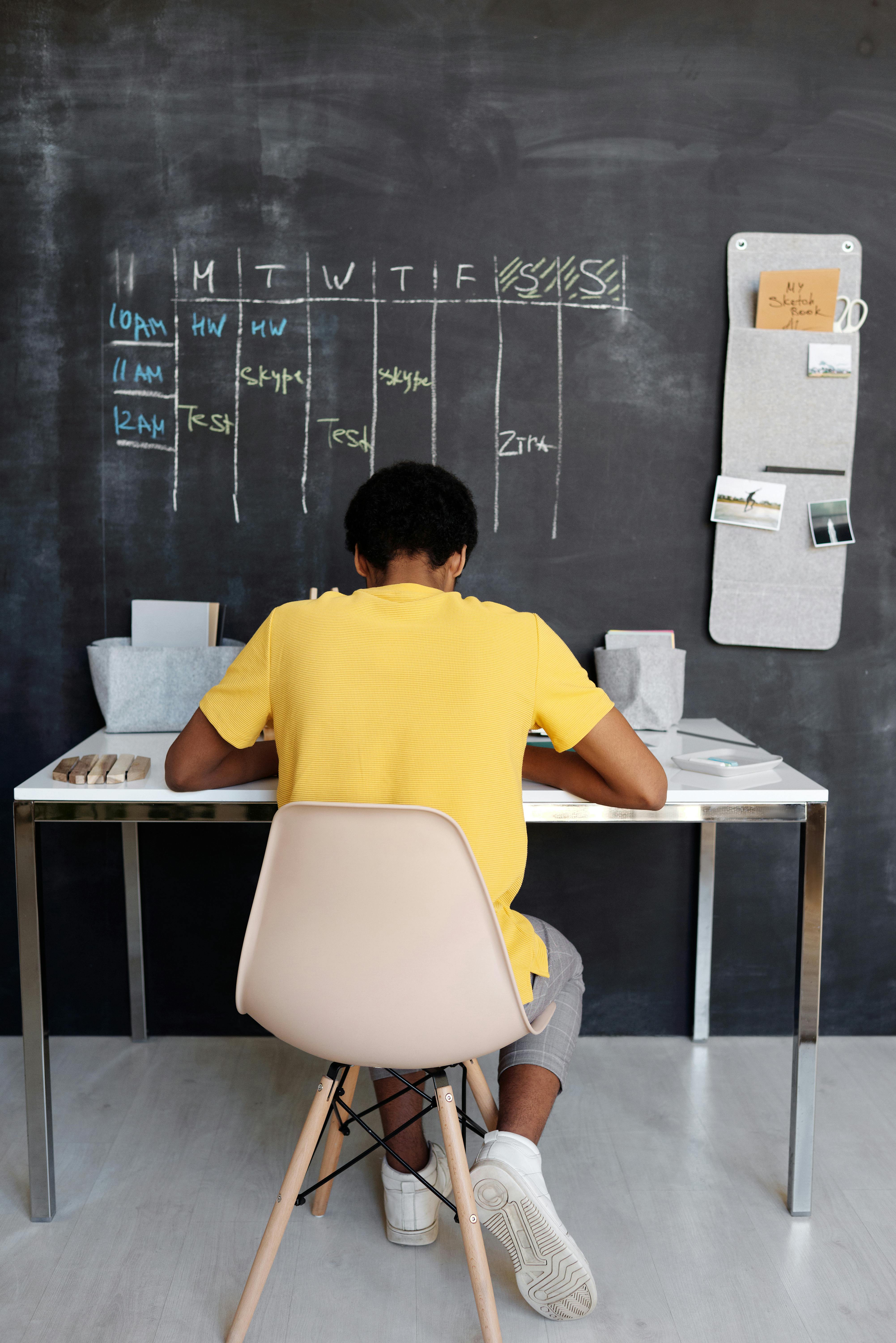


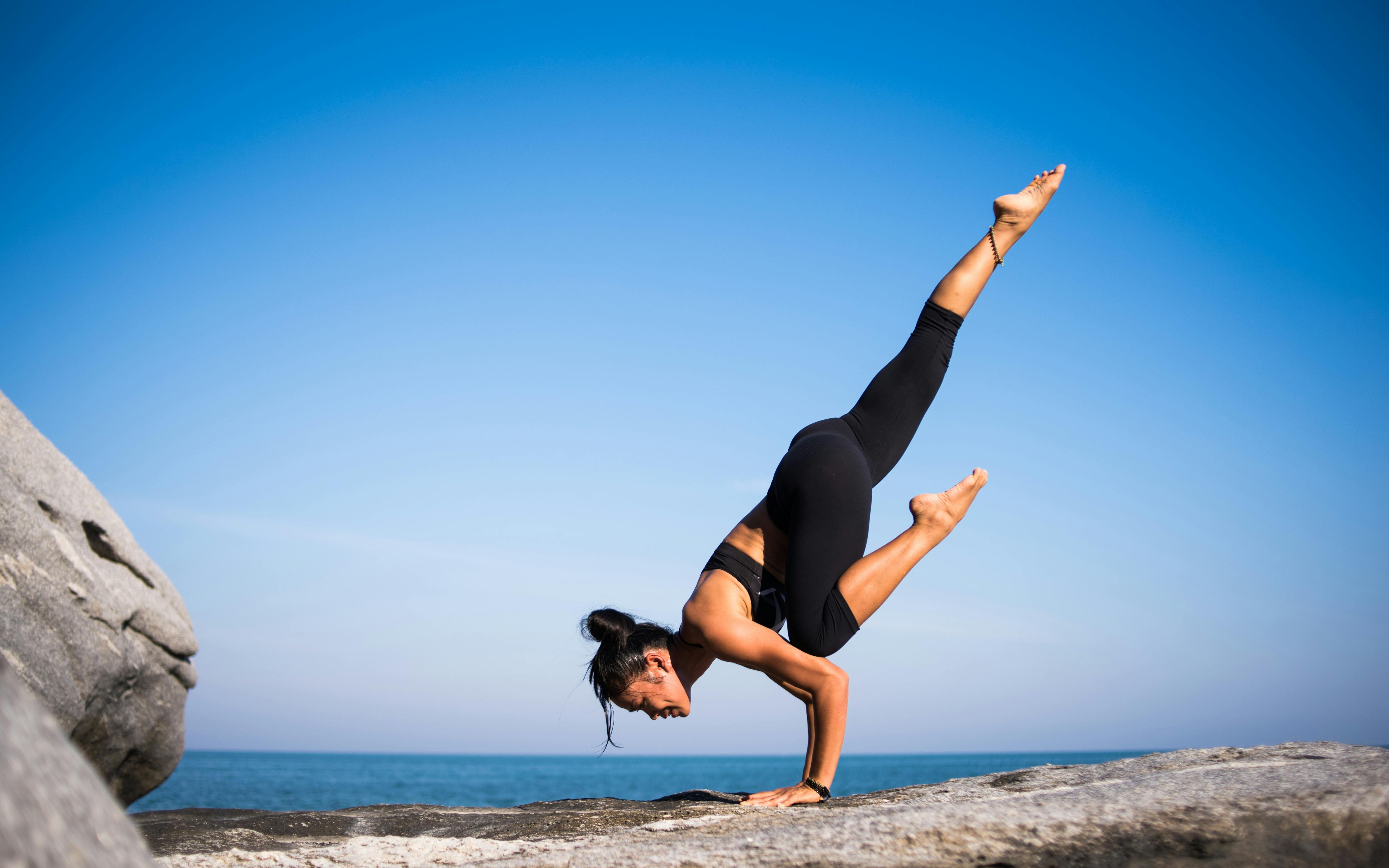
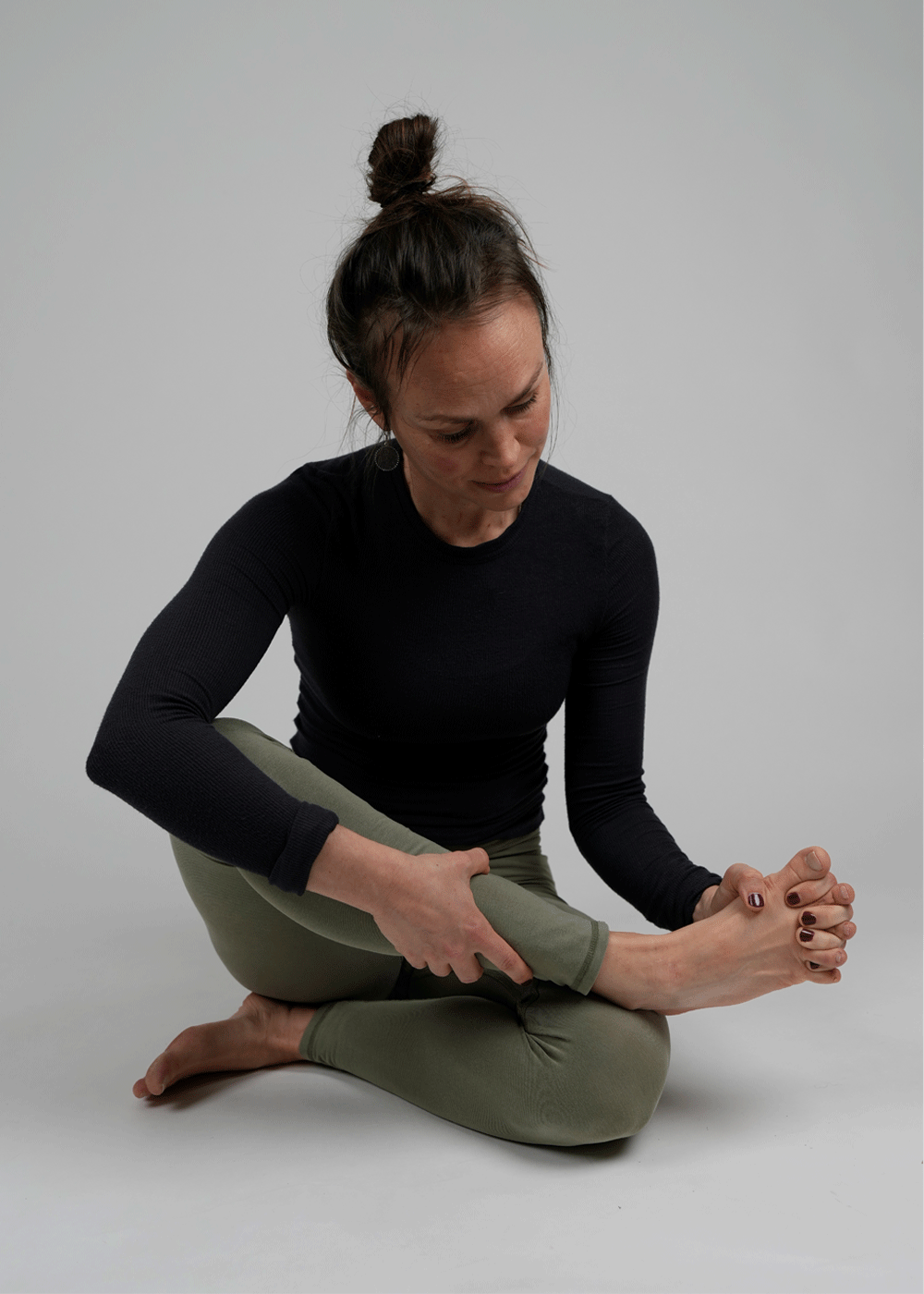
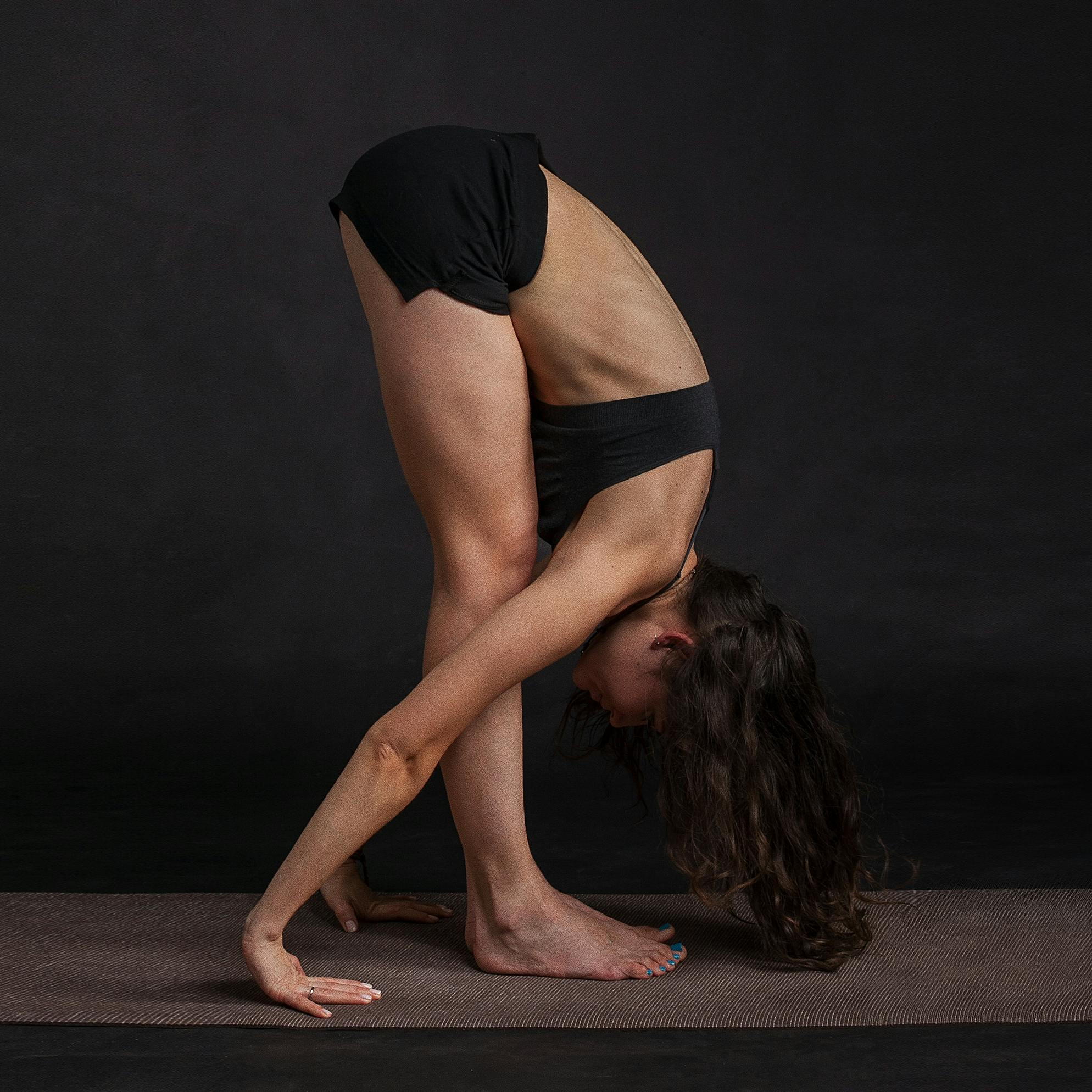

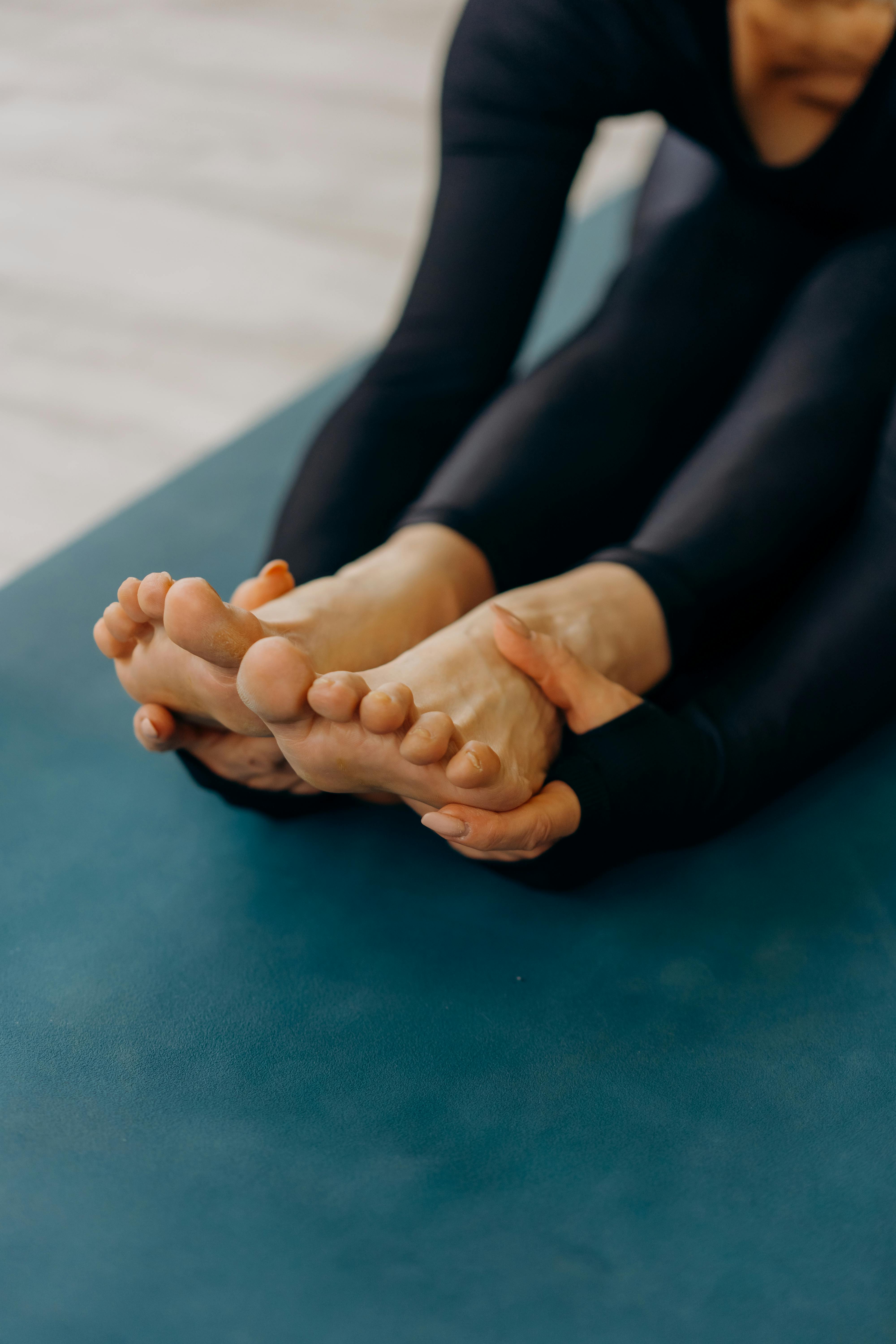



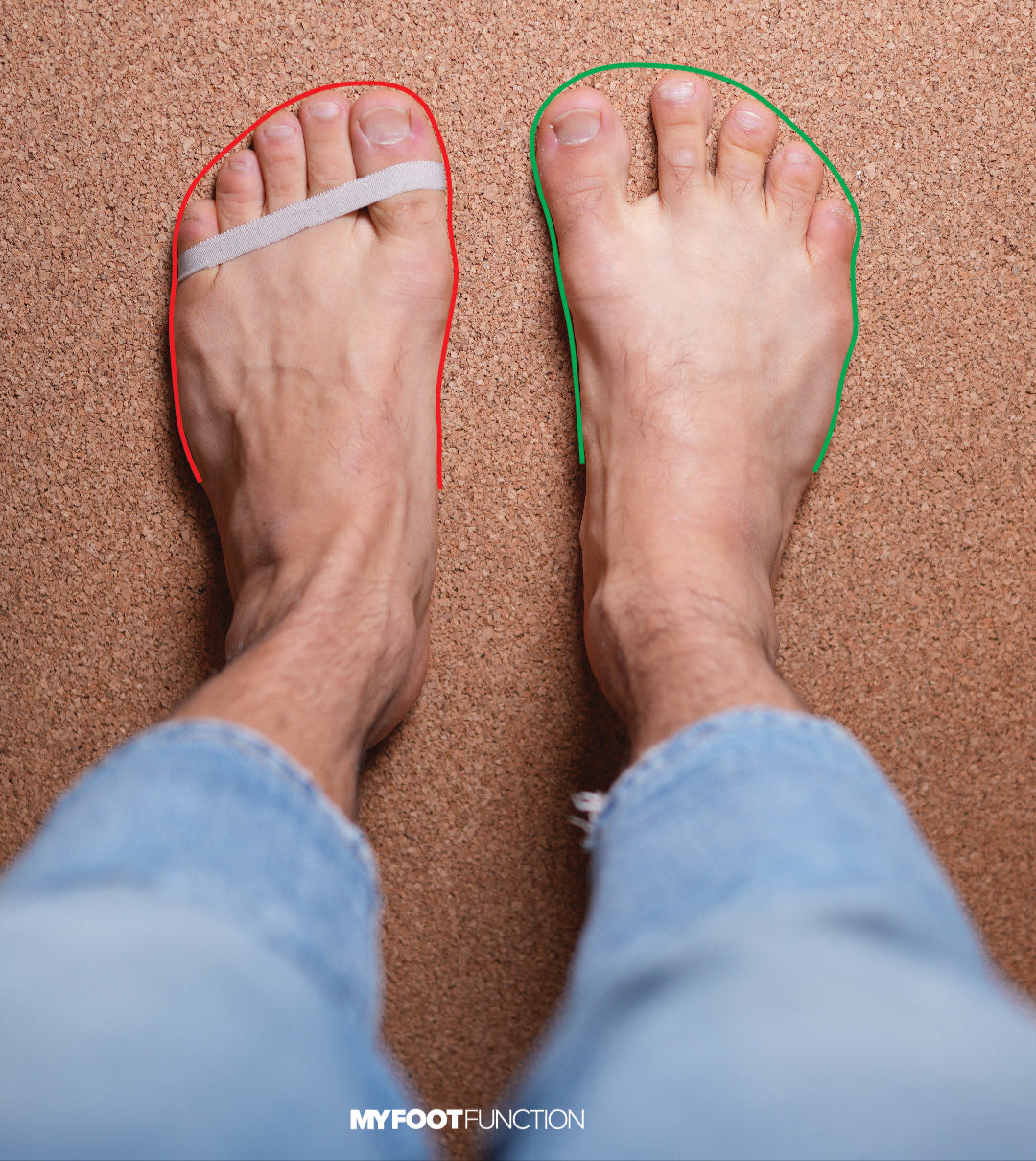

Share:
Malalignment Syndrome in Runners - Wolf Schamberger
Pathomechanics of Structural Foot Deformities